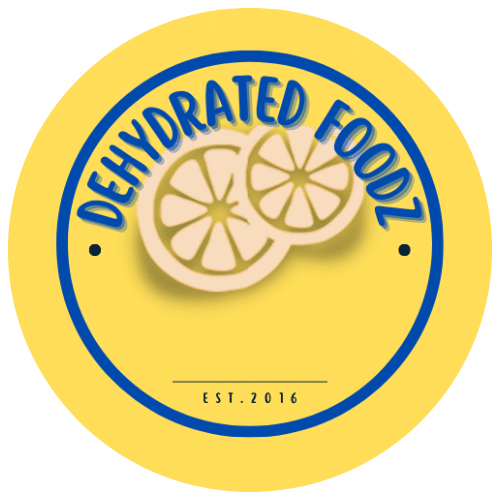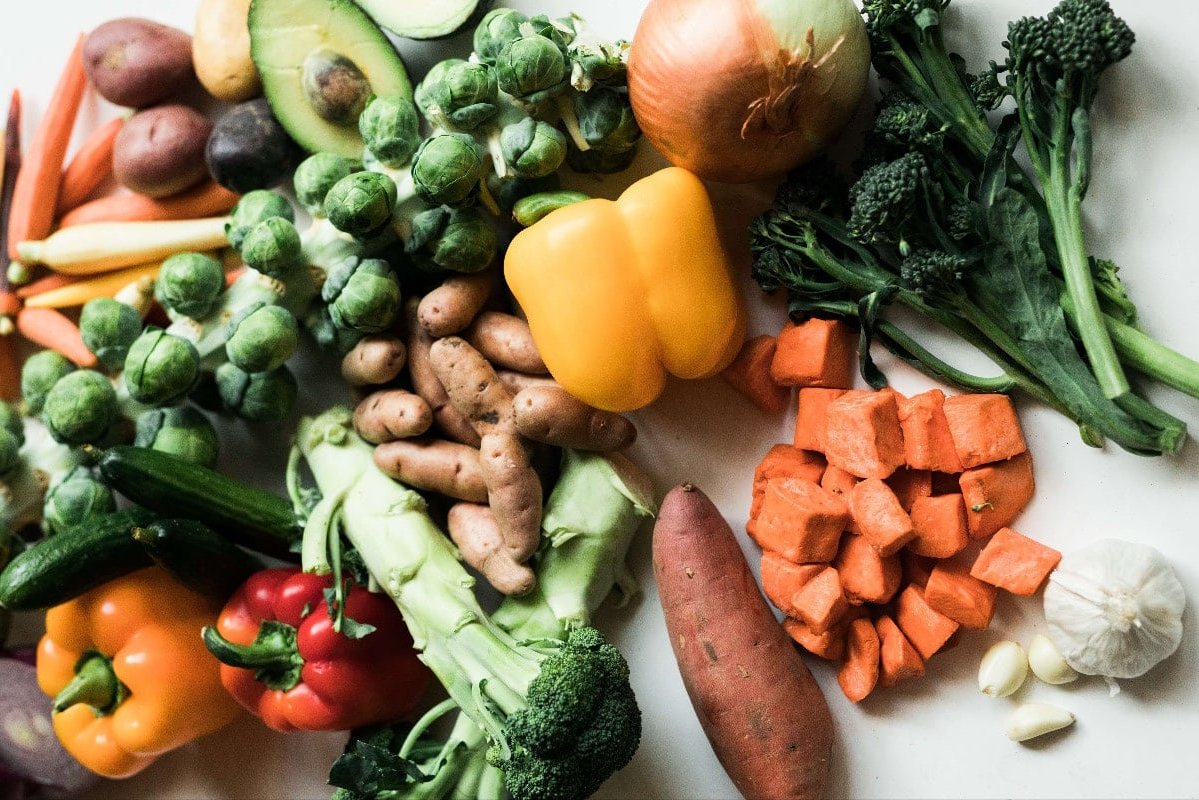Dehydrating food is an excellent way to store your bounty from the garden. It also allows you to make convenient and healthy snacks for the kids when they are on the go. This blog post will discuss five vegetables that work best in a dehydrator, including kale, broccoli, sweet potatoes, spinach, and beets!
What is a food dehydrator and what are the benefits of using one
A food dehydrator machine is a small appliance that can be plugged into an outlet and used as needed. Food dehydrators are used to dehydrate food and can be used to make convenient, healthy snacks for kids and adults.
Some of these appliances also come with a thermostat that can be set to a specific temperature so that the food inside doesn’t get overheated.
They come in different sizes depending on the amount of food you need to dehydrate.
The price can be as low as $30 and go up to over $250 for the best model.
The benefit of using a food dehydrator is that it can extend the life of your fruits and vegetables. It also allows you to make healthy snacks for you and your family, like dehydrated bananas or zucchini chips. In addition, if you are someone who is on a low-carb diet, food dehydrators can help you save money and time because they allow for healthy substitutes such as fruit leathers. Another benefit of using a food dehydrator is that it gives your fruits and vegetables an interesting texture by removing the water content from them.
How to choose the best vegetables for your dehydrator
The best vegetables to dehydrate in a food dehydrators are kale, broccoli, sweet potatoes, spinach, and beets. These foods do not take as long to dry out compared to other vegetables such as carrots or celery, which contain more water content.
You may have noticed that vegetables take much longer to dry than other snacks. This is because they usually contain less acid and are often more delicate in flavor when dried. Drying veggies can be a great way of adding them into your diet – consider blanching onions, turnips, corn on the cob, or sweet potatoes before drying for better taste! When you’re dehydrating these foods, it’s essential to look at their aesthetic quality and how long this food will last before spoiling. Some oils make certain snack items go bad faster than others, so keep an eye out.
You can dehydrate almost any vegetable or fruit that you want!
Tips on how to prep and dry your veggies in the food dehydrator
To dry vegetables in a food dehydrator, you need to create an even layer of vegetables on the mesh tray, with as little overlap as possible.
Be sure not to overload your dehydrator, or it may take too long for any food to dry out; this may lead to food spoilage.
It is best not to turn the dehydrator temperature settings up too high as it will take longer for your vegetables to dry, and this will seal the outside while leaving moisture on the inside, which can lead them to spoil before you get a chance at eating it. Always read the manufacturer’s manual for different dehydrators and best practices.
You can place a pan below the mesh tray if you are worried about some of your foods dripping through.
The vegetables should be dehydrated at 125F until crisp or dry. This depends on the size of your vegetables and the power of the machine.
When cooking with a dehydrator, it is essential to remember that airflow is crucial, and both the temperature and airspeed can be adjusted to suit your preference.
Our Top Recipes for Dried Vegetables
How to Make Kale Chips In a Food Dehydrator
Kale is a cruciferous vegetable and is one of the best veggies to dry because it’s high in vitamin C, which is essential to keep your immune system strong. In addition, it has a strong flavor and can be made into chips that taste better than regular ones!
You can use kale instead of lettuce to make a delicious salad.
Ingredients:
- One bunch kale, 6-8 cups torn leaves
- canola or extra virgin olive oil
- sea salt
Method:
- Preheat dehydrator to 115 degrees Fahrenheit
- Wash and cut kale into chip-size pieces.
- Add about a cup of oil (canola, olive) per pound of greens
- Stir in salt or spices before placing the chips onto trays for the best flavor.
- Place kale leaves on the dehydrator racks.
- Dehydrate for about 3 to 5 hours or until dry and crispy.
- Store in an airtight container at room temperature up to one week, best consumed within two days of drying.
How to Dehydrate Broccoli
Dehydrated broccoli is best if you are looking for a vegetable to add texture and flavor.
Broccoli has the best taste after being dehydrated because it is naturally salty, so there’s no need to use salt or soy sauce.
It’s important that before drying anything out, wash them thoroughly with water, then dry them off completely before placing them into food dehydrators.”
Dehydrating broccoli is best done by cutting the florets into small pieces and sprinkling them with a little bit of salt to help bring out some of their moisture. Once they are well-coated, you will place your cut-up vegetables onto dehydrator trays in single layers before setting it all at 135 degrees for 8 to 12 hours or so. After this time has elapsed, you can store them in jars to maintain freshness!
How to Dehydrate Sweet Potatoes
Sweet potatoes are best for your dehydrator. They are best to make chips, and the best way is to slice them up thinly and dry them out in a dehydrator. If you want them soft like french fries, then put some oil on them before drying, so they don’t get too crispy.
Ingredients
- 1-3 lbs of sweet potatoes
Method:
- The first thing to do is wash and peel the sweet potatoes.
- Next, cut them into slices that are about a quarter-inch thick.
- Place the slices in a bowl and soak in water for at least an hour( make sure to change the water in half an hour).
- Remove from the bowl and dry any excess water with a towel.
- Finally, put them on your dehydrator trays in a consistent pattern, so they dry evenly.
Depending on how efficient the unit is, you may need to rotate the tray after four hours of drying time.
Expect it to take six or more hours for the best results with this vegetable!
How to Dehydrate Spinach
Ingredients:
- Spinach
Method:
- To dehydrate spinach, wash spinach and pat dry. Trim off any brown pieces from the leaves if necessary.
- Shake over some salt or olive oil, depending on what you prefer to use with your vegetables, before putting them into the dehydrator for best results.
- Place on trays without overlapping and place in the dehydrator.
- Dehydrate at 125 degrees Fahrenheit for six to eight hours or until spinach is dry enough to crumble with your fingers.
- You can also add other vegetable combinations such as tomatoes, garlic, and onions to create a delicious mixture.
- Store in an airtight container or jar.
How to Dehydrate Beets
What you will need:
- Three large beets, assorted colors
- ¼ cup water
- ¼!– /wp:list-item –>
- One tablespoon olive oil
Method:
- Peel and slice beets.
- Add beets, water, vinegar, and olive oil to a large bowl. Let them marinate for at least 10 minutes.
- Arrange the beets in a single layer on the dehydrator tray.
- Dehydrate for about 8-12 hours at 125 degrees Fahrenheit, turning over every few hours and sprinkling beet pieces with water to prevent them from becoming too dry.
So now you know all about how to use a food dehydrator and what types of vegetables are best for it. We hope that these tips about best vegetables to dehydrate help make your next meal more enjoyable, healthy, and flavorful! If you want even more information on this topic or have any questions at all, drop us a message. Happy dehydrating!

